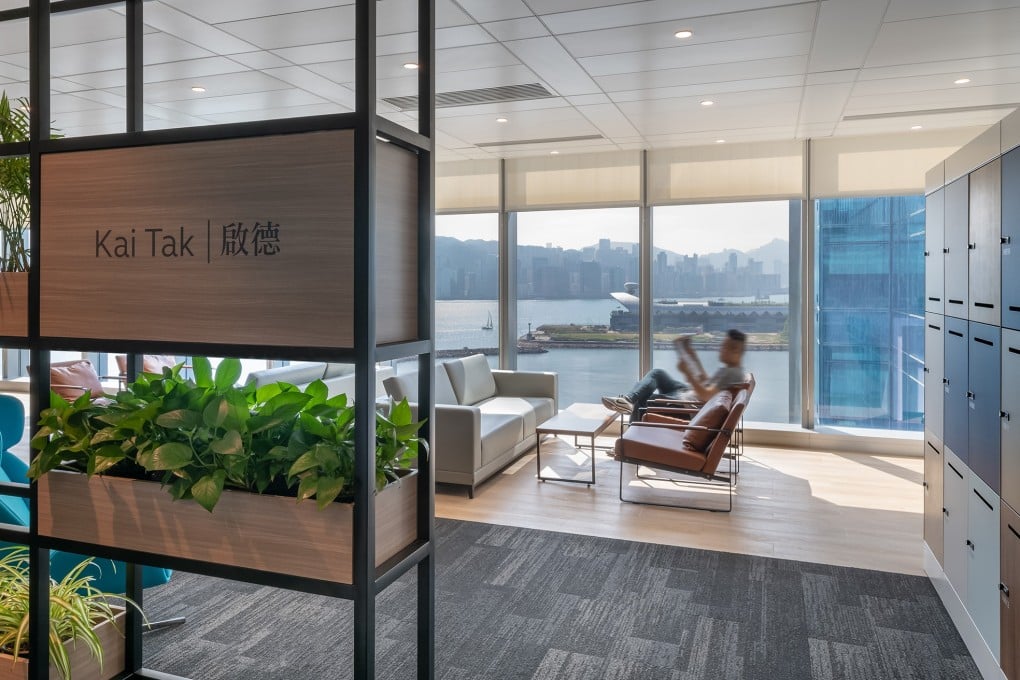Architecture firms draw on data, human behaviour to shape workspaces, reduce stress
- Data critical as offices move out of Hong Kong’s Central district to other business districts, says chief of design firm One Space

Can architectural design help companies keep their employees happy and healthy? One Space and sister firms UNStudio and UNSense certainly believe so, and use data to understand the behaviour of end users of a space.
“By understanding behaviours and design settings, we can set business culture, and business culture really is a driver of success in any kind of business. So, in a way, you’re kind of introducing why design can make a difference,” says Greg Pearce, the managing director of Hong Kong-based One Space.
Every company has a different business culture, and taking the time to understand this culture and finding a solution based upon this culture, is how design helps companies, he adds.
The use of data was also critical in light of offices moving out of Hong Kong’s Central district to other business districts in the city, Pearce says.
One Space worked on design, engineering and management consultancy Arcadis’s regional headquarters in Hong Kong, and its 78,000 sq ft premises in Two Harbour Square, Kwun Tong were recognised by Human Resources magazine as one of 2018’s “most inspiring workspaces”, and more recently as “sustainability achievement of the year” by the Royal Institution of Chartered Surveyors.
